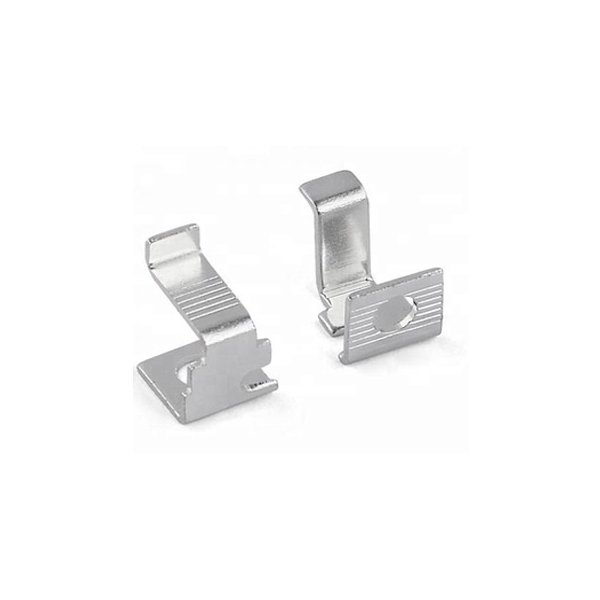
Advantages and Disadvantages of Stainless Steel Materials in Sheet Metal Manufacturing
sheet metal manufacturing, stainless steel is a common and important choice. It has many advantages and some disadvantages, and these characteristics need to be fully considered when choosing a material. The advantages and disadvantages of stainless steel materials in sheet metal manufacturing will be described in detail below to better understand their suitability.
Summary:
Stainless steel materials are widely used in sheet metal manufacturing, and their advantages and disadvantages largely determine their applicability and feasibility in different fields.
advantage:
Corrosion resistance: Stainless steel is known for its excellent corrosion resistance and can resist the erosion of oxidation, acidic and alkaline media, so it is suitable for various manufacturing scenarios with corrosive environments.
Strength and toughness: Stainless steel materials have good mechanical properties, including strength, toughness and plasticity, which give them significant advantages in manufacturing high-strength parts.

High Temperature Resistance: Stainless steel's ability to maintain stability and strength in high-temperature environments makes it an ideal material for high-temperature work environments.
Decoration: The surface of stainless steel is smooth and beautiful, and has good decorative properties. It is suitable for manufacturing products that require exquisite appearance, such as kitchen equipment, furniture, etc.
Easy to clean: Stainless steel materials are easy to clean and maintain, and the surface is not easy to stain, which makes it widely used in occasions with high hygiene requirements.
shortcoming:
Higher cost: The cost of stainless steel materials is relatively high, which increases the cost of sheet metal manufacturing, so it may not be suitable in some cost-sensitive application scenarios.
Difficulty in processing: Stainless steel materials have high hardness and are relatively difficult to process, including in terms of machinability and formability, and require specialized processes and equipment for processing.
Welding deformation: During the welding process, stainless steel is prone to deformation and residual stress, and some measures need to be taken to control it, otherwise the accuracy and quality of the product will be affected.
Limited material selection: Stainless steel comes in many types, some of which are magnetic and some of which are not, which limits its application scope to a certain extent and needs to be selected according to specific requirements.
Limited processing performance: The processing performance of stainless steel materials is relatively limited, especially in large-scale production, it may be subject to certain restrictions, and production efficiency and cost need to be considered comprehensively.
In practical applications, it is necessary to make a reasonable choice based on the requirements of specific products and the characteristics of the manufacturing scenario, comprehensively considering the advantages and disadvantages of stainless steel materials, to ensure product quality and performance.

